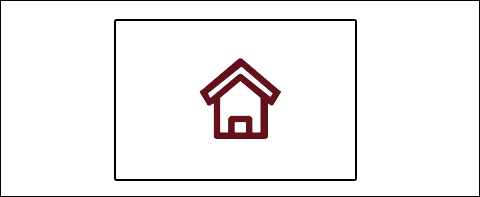This legal situation is known in Spain as a condominium or co-ownership and is regulated by Article 392 of the Spanish Civil Code (Codigo Civil), and basically covers the scenario where several people own the same thing.
In principle it must be understood that in these cases, where there are several owners of the same property, they can each make individual decisions and comply with their obligations (paying taxes, contributions to the house , etc..) according to the share that each of them own in the property, except if between them there is a special agreement changing this general rule.
It is almost inevitable that in this situation there will be problems that arise and discussions between the co-owners of the property about the use that should be permitted, the contribution to pay the expenses, taxes of each owner, the decision to make improvements, etc. On these occasions the best thing and the most advisable way to proceed is to reach agreement among all owners, to divide the property or properties if possible between them, or buy and sell the shares between them so that only one of the co-owners will keep the whole property. If it is not possible to reach such an understanding, then it should be considered trying to sell to a third party. In these cases it is convenient to determine the value of the property by using an independent and official surveyor in order to reach a fair settlement.
The Civil Code provides in Article 400 for the possibility of any of the co owners to apply for the “actio communi dividundo ” or action to divide the common thing. This article states that “No owner shall be obliged to remain in the community. Every one of them may at any time apply for the division of the common thing.”
So, any individual co-owner may request the division of the common ownership (the property or properties they own in common) unless there is an agreement signed where the co owners undertake to keep the property undivided. These agreements are legally binding and can have a maximum term of 10 years, and could be extended by agreement of the parties.
In the event that the owners decide not to continue to share the property or properties, it is necessary to distinguish between two different scenarios:
1 .- if the property could be physically divided , it can be split and each owner will be awarded a property or share in accordance with his % of ownership, as far as the division is possible and according to the applicable building regulations, which normally unfortunately it is not the case. An unlikely example might be two outbuildings of a similar size on a plot of land jointly owned by two people – these could be split so that each person owns one.
2 .- if the property cannot be divided, because legally it is not possible or because the division will make the property lose its value, in these cases the owners can reach an agreement between them, or divide the property or sell it through the use of arbitrators (Article 402 of the Civil Code). If this is not possible a claim could be filed by any part owner stating that the property cannot be physically divided and the parties cannot reach an agreement, the court process will end with the sale of the property in a court approved public auction.
Although it is not advisable, in some cases the only real option is court action for the division of the common property and the public auction of the property.
If you are in this situation, please note that the legal, tax and overall costs implications could be really high. It pays to take independent legal advice at an early stage.
*The information provided on this article is not intended to be legal advice, but merely conveys general information related to legal issues.
*This article is available in English and Spanish in our Web site: www.white-baos.com
White & Baos
Carlos Baos (Abogado)
Tel: 966 426 185
E-mail: info@white-baos.com
© White & Baos 2010 – All rights reserved
